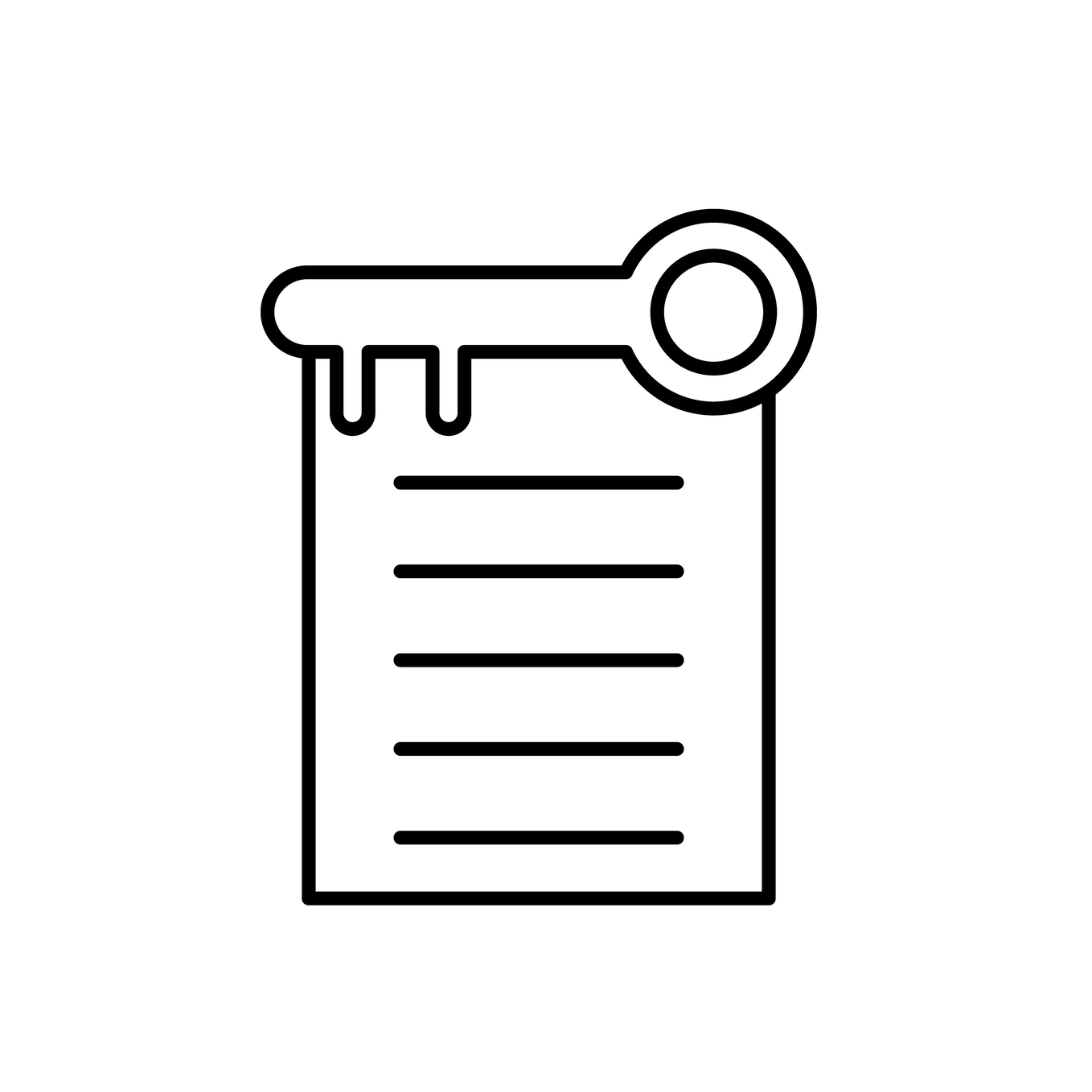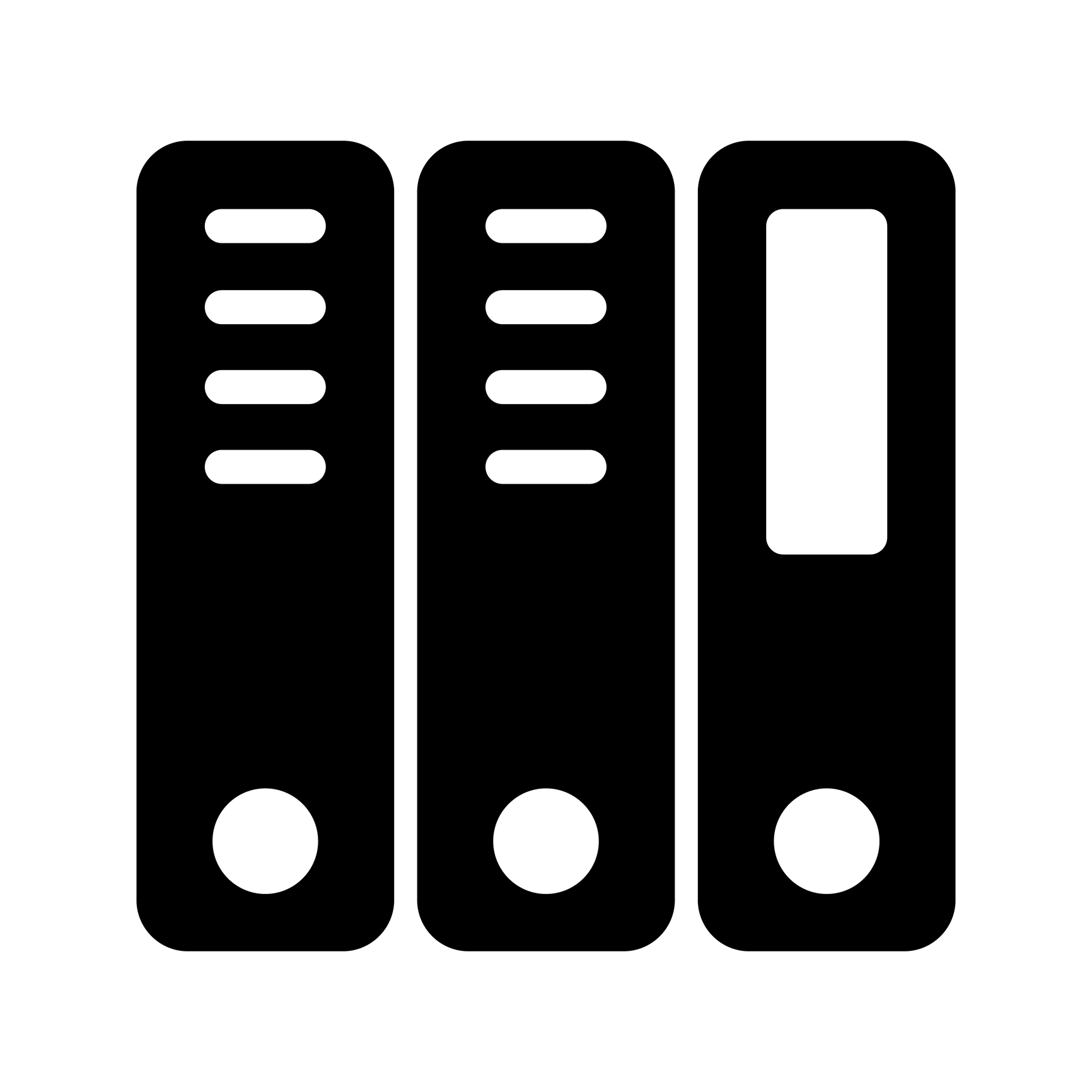Blog posts
Links in Scrivener
Links are also known as hyperlinks Scrivener links are available as internal links (to another place in your book) or external links (to a website). NB there are other options, but this post is 'keeping it simple'. Internal links Internal links allow the reader to leap from one place in your book to another, and only make sense if you are producing an eBook or outputting to PDF or Kindle. If your end product...
Metadata: Project keywords
Project keywords provide another way of recording metadata. Why, and when, might you want to use them? In my The Golden Girls novel, I have eight characters, seven of whom who dine together each evening during their cruise. I also have several themes for this novel, for example: types of love; and the twelve topics in Julia Cameron's The Artist's Way. If I apply these as project keywords on a scene-by-scene...
The timeline for a new novel
Create your timeline within Scrivener Scrivener 3's custom metadata allows a date option. Perfect for keeping track of scenes on your timeline! Select a scene. Open the Inspector. Click on the icon for metadata (the middle of five icons). Click on the Set Up Metadata ...
The Research folder of a new novel
All in one place: novel plus research notes Using Scrivener, everything is in one place. One project holds all that you need: Your manuscript Character sketches Setting sketches Research materials In this blog post, I'm focusing on the Research folder and how I use it. The Research folder The Research folder is perfect for storing information I'll need while writing my novel. I start collecting as soon as a new idea for a novel...
The KISS novel structure
KISS = Keep It Simple, Sunshine! How do you structure your novel? There are lots of Scrivener templates available, each one offering a ready-made structure for a novel. Google 'Scrivener template' and see what you find. Choosing your novel structure: KM Weiland and Shawn Coyne If you have written lots of novels before and enjoy this approach to novel-writing, maybe the template KM Weiland provides, with a comprehensive 3-act structure, complete with notes...
The Binder for a new novel
Everything in one place - in the Binder One of the major benefits of using Scrivener to write a novel (or anything else!) is that everything you need is held within the one project file, within the Binder. That's assuming you put it there! Whenever I start a new novel, I set up the basics in the Binder: 100 Scenes, each with a target of 500 words (100 x 500 = 50,000...
Starting a new novel using Scrivener
September - time to start a new novel Starting a new novel happens, for me, about this time every year, in preparation for a writing splurge during NaNoWriMo. This blog post takes you through the initial process. Setting up a new project Reviewing the project metadata Creating character sketches Creating location sketches Identifying the story timeline Subsequent blog posts will show the preparation done ahead of midnight on 31 October, when I start...
Taking the plunge: 14-day Scrivener course
FREE 14-day Scrivener course While the sun is shining and the kids are on their school holidays, thoughts drift to taking the plunge. The local swimming pool. A dip in the sea. Starting to learn how to use Scrivener? Learn how to use Scrivener in just fourteen days! Starting TODAY, set aside 30-60 mins a day and, by 1 September, you'll be using Scrivener with confidence. And after that ...










